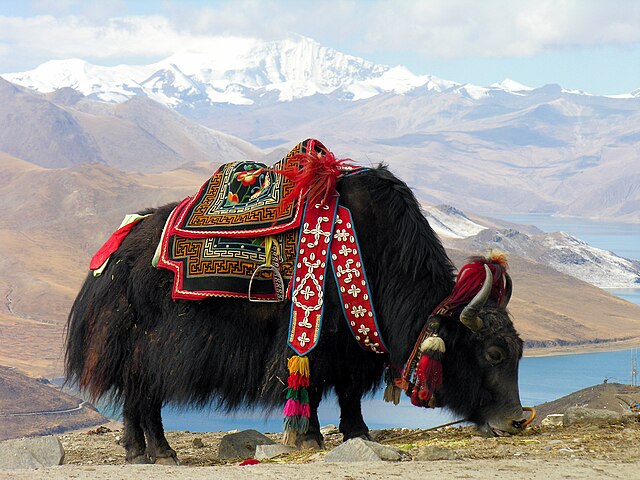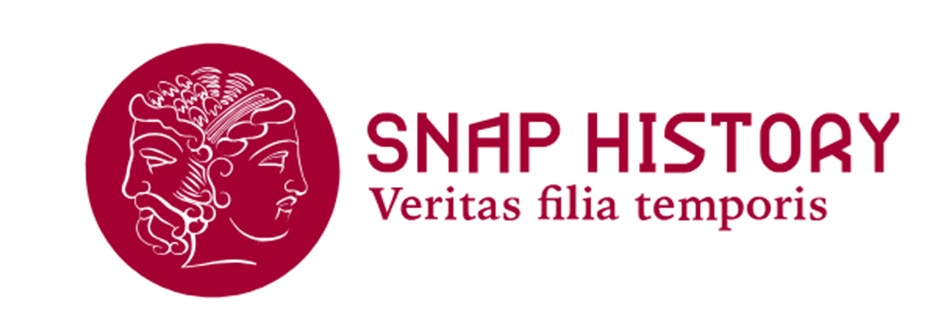No more barley, no more yaks
The failed collectivization in Tibet by the Chinese

Photo of a yak wearing traditional ornaments in a valley in Tibet. Photo from Commons.wikipedia.org
The collectivization in Tibet began after the suppression of the 1959 uprising, in the context of the famine caused by the failure of the Great Leap Forward, which lasted in the region until 1962 due to its backwardness and isolation. The reform consisted first of all in the confiscation of the lands of the Lamas and nobles, and in 1965 in the creation of People's Communes. Soon, many Tibetans developed with the communes the same relationship of servitude they had with the monasteries, having to deliver a large part of what they produced and above all not being able to decide what to produce. The communist authorities indeed imposed on Tibetans to cultivate wheat instead of barley, a much-loved food by Tibetans and the basis of their diet. The regime wanted to align Tibet with the same agricultural production quotas as the rest of the country, measured based on wheat produced. The decision proved disastrous, as the Tibetan territory, arid and infertile, was suitable for cultivating a hardy cereal like barley, resistant to cold and drought, but not a fragile one like wheat, which drained the soil making it less fertile. Furthermore, barley, once ground, did not need to be cooked, unlike wheat, and this was a problem in a region lacking fuels like wood. The authorities also pushed for the sedentarization of semi-nomadic Tibetan herders, leading to a reduction of grazing lands for yaks, to be used for agriculture. This, combined with the famine caused by agricultural policies, led to the death of numerous yaks, very important animals for the population's subsistence: Tibetans indeed, besides using their meat, relied on their milk to produce rancid butter, essential for their diet, their skin to cover their tents in winter, and even their dung to dry it in the sun and make fuel. All this caused famines and increases in food prices, to which the government responded by sending wheat to prevent protests: even in 1980 Tibet was not self-sufficient, depending on imports from the rest of China.
Book: Tiziano Terzani, La porta proibita (Chapter: Like dogs with broken bones), Tea, 2014
Book: Stéphane Courtois, Il libro nero del Comunismo (Chapter: Tibet, Genocide on the Roof of the World? by Jean-Louis Margolin), Mondadori, 1999
2025-06-10
Salvatore Ciccarello
